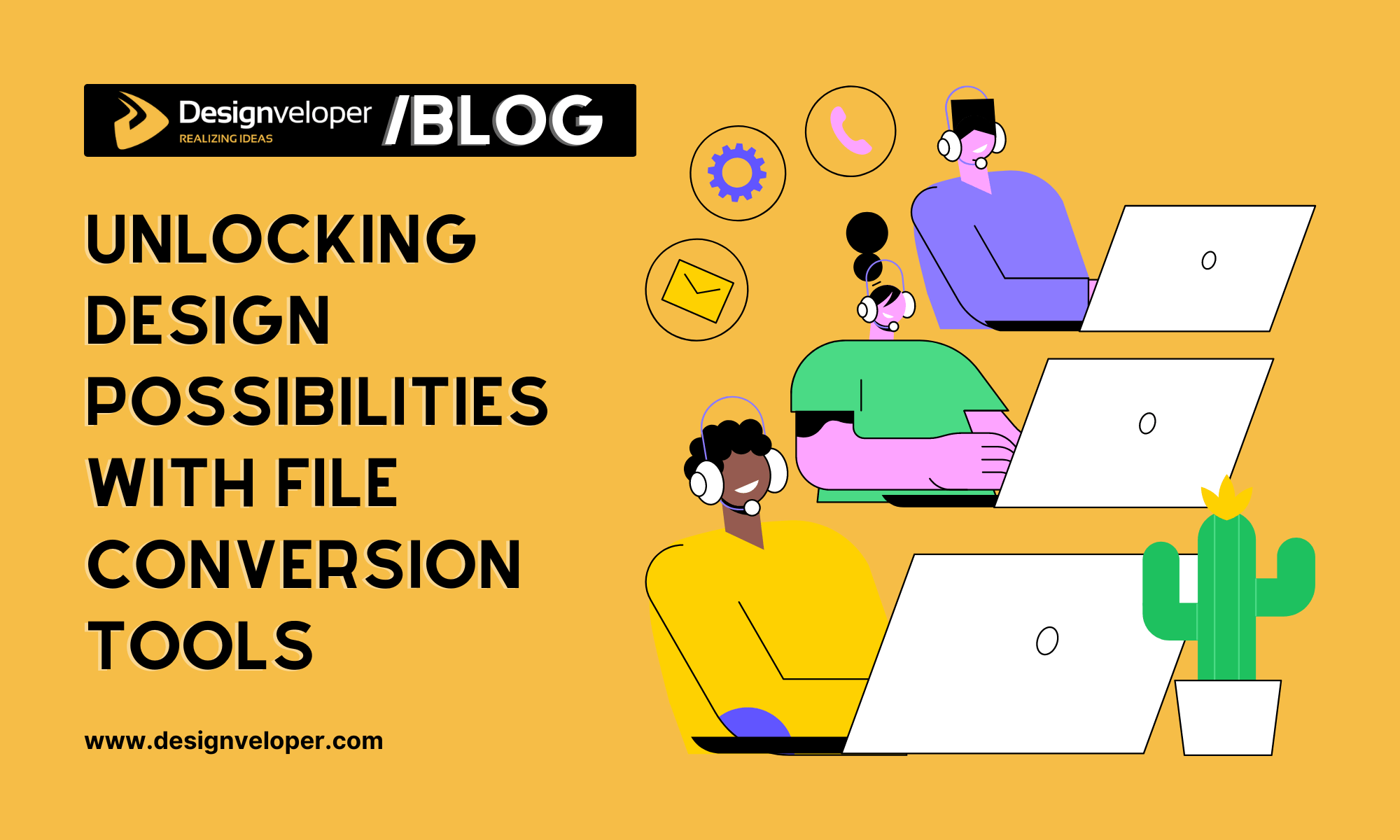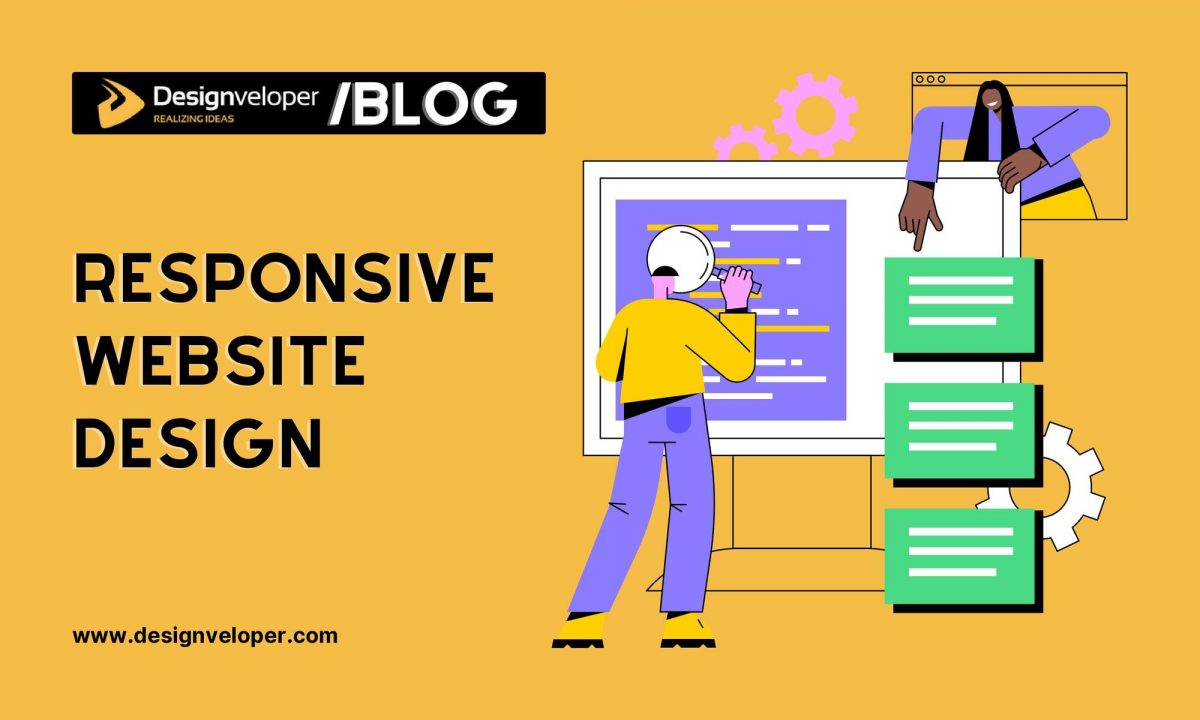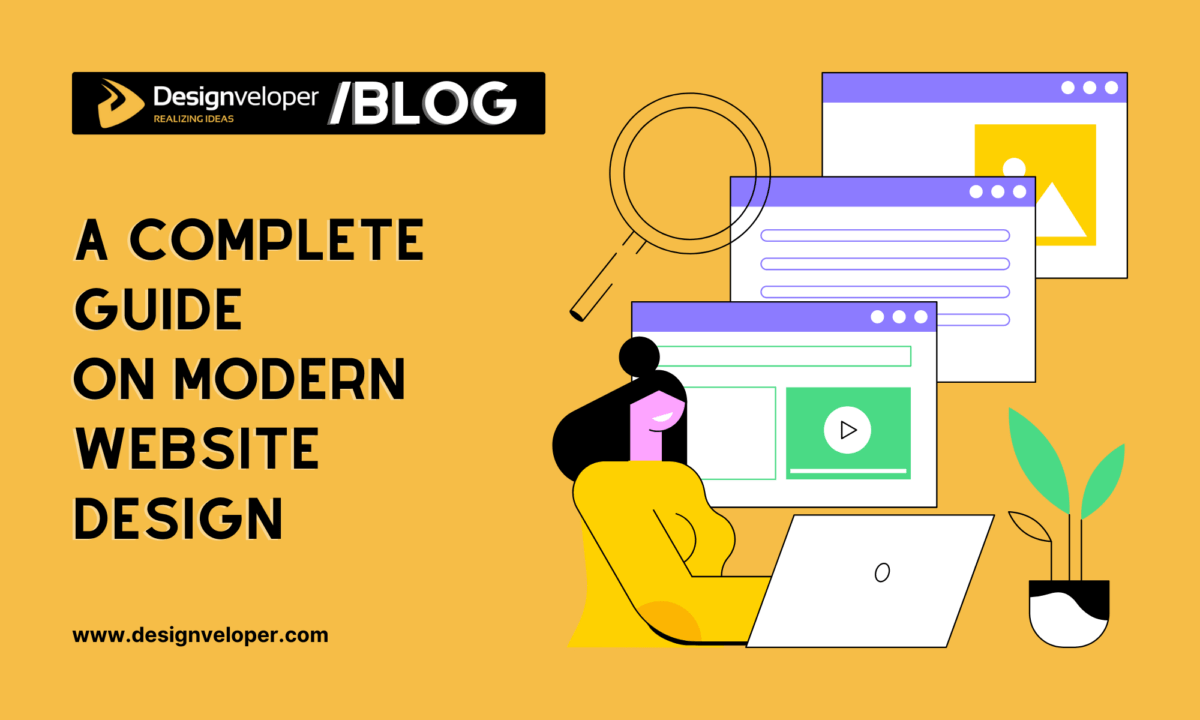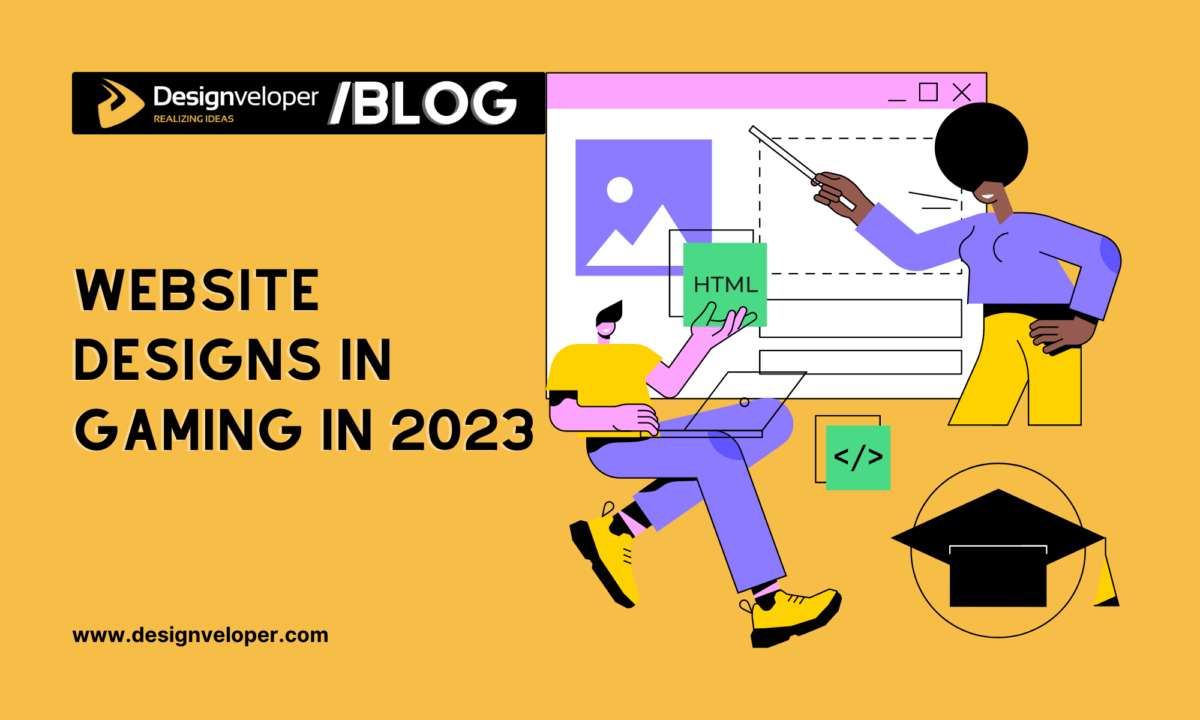Digital tools have become today’s lifeblood of creativity. They not only facilitate the design process but also enable designers to explore and express their ideas in myriad ways. An often overlooked, but immensely valuable tool in the design toolbox is the file conversion tool. These allow designers to transform digital files from one format to another, making them compatible with different platforms and applications. This article will explore how file conversion tools can be leveraged to unlock vast design possibilities.
The Importance Of File Formats In Design
Design is a broad field encompassing various disciplines, from graphic design to web design, UI/UX design, 3D modeling, and more. Each of these areas employs a multitude of digital tools, each with its preferred file format. For instance, a graphic designer might use Adobe Illustrator, which primarily uses the AI file format, while a web designer might prefer HTML and CSS files. These different file formats serve specific purposes, have unique capabilities, and are compatible with specific software.

While this variety in file formats offers designers flexibility, it can also pose challenges. The inability to access or modify a file, because it’s in an incompatible format, can limit a designer’s work. This is where file conversion tools come into play.
By converting files into compatible formats, designers can ensure seamless interoperability between different tools and platforms, thus unlocking new design possibilities. For example, when handling design documents, tools such as a Word to PDF Converter are particularly handy when a designer wants to share and preserve document formatting across different platforms and software.
On that note, here is how you can unlock design possibilities using file conversion tools:
1. Cross-Platform Compatibility
Every designer has a favorite set of tools they love to use. However, sometimes a project requirement might necessitate the use of a different tool or platform. The inability to work across platforms due to incompatible file formats can hinder a designer’s productivity and creativity.

File conversion tools offer a solution to this challenge. They enable designers to convert files from one format to another seamlessly. For instance, if a designer usually works with Adobe Illustrator but needs to use CorelDRAW for a particular project, they can convert their AI files to CDR files. This opens up new opportunities for the designer, allowing them to work with any tool or platform without being limited by file format compatibility issues
2. Archiving And Preservation
Another significant advantage of file conversion tools is the ability to archive and preserve design work effectively. With technology evolving rapidly, digital file formats often become outdated and unsupported. This poses a risk for designers, as they could lose access to their past work.
By converting files into universally accepted, enduring formats, designers can ensure their accessibility in the future, regardless of changes in software or technology. For example, converting design documents into PDF format or transforming vector graphics into SVG format ensures that these files can be accessed and used even decades down the line.
3. Editing And Improvement
Design is seldom a one-shot process. It usually involves multiple iterations and improvements. However, some file formats, such as JPEG or PNG, are not conducive to detailed editing once saved. This is where file conversion tools can prove extremely useful. By converting non-editable file formats into editable ones, designers can revisit and refine their work as needed.
For example, converting a JPEG image to a PSD file allows a designer to make detailed edits using Adobe Photoshop, layer by layer. This capability unlocks new dimensions of creativity, enabling designers to improve and optimize their designs beyond initial creation.
Recommended reading: Vector Search and Vector Database Algorithms: The Art of Enhancing Search Accuracy
4. 3D Printing
With the advent of 3D printing, the field of design has expanded into the physical world. Designers can now create 3D models on their computers and bring them to life using a 3D printer. However, 3D printers require specific file formats, often different from those used by 3D modeling software.

File conversion tools that can convert 3D design files into 3D printer-compatible formats are, therefore, crucial enablers of this innovative technology. For instance, STL converters can transform a wide variety of 3D file formats into STL files, which can be read and printed by most 3D printers. This allows designers to seamlessly transition their designs from the digital to the physical world.
5. Digital Art And Illustration
Digital art and illustration is a field where file conversion tools find extensive use. The choice between vector and raster formats can significantly impact the final result. While vector formats, such as AI or EPS, allow for infinite scaling without loss of quality, raster formats, like JPEG or PNG, offer nuanced color and gradient effects.

File conversion tools enable artists to switch between these formats as required by their projects. This flexibility allows artists to choose the most suitable medium for their work without being constrained by file format limitations.
6. Web Design
The internet is a visual medium, and effective web design is often reliant on high-quality images and graphics. However, web-optimized images must balance quality with file size to ensure quick loading times. Here too, file conversion tools play a critical role.
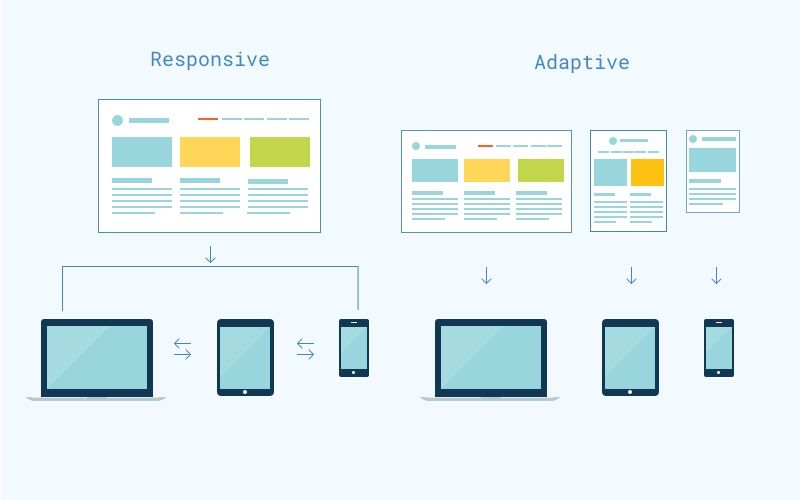
By converting high-resolution images into web-optimized formats such as JPEG or PNG, designers can ensure their websites look great without compromising loading speeds. Furthermore, SVG files, which can be scaled infinitely without losing quality, are becoming increasingly popular in web design, and file converters make using these advanced formats a breeze.
7. Video Editing
Video editing is a complex process involving not just video files, but often audio and image files too. Each of these elements can come in a variety of formats, and not all are compatible with every video editing software.
File conversion tools allow designers to convert video, audio, and image files into formats suitable for their preferred video editing software. This capability is essential for multimedia designers, enabling them to create rich, engaging content without being bogged down by file compatibility issues.
8. Optimization
Another powerful application of file conversion tools in design is file optimization. High-resolution design files can be unwieldy, with large file sizes that can slow down systems, eat up storage space, and make file sharing cumbersome.
File converters can transform these large files into smaller, more manageable sizes without significantly compromising on quality. This efficiency can be crucial in professional design environments, where file sizes can quickly balloon and hinder productivity.
9. Prototyping And UX/UI Design
Prototyping and UX/UI design are areas where designers and developers must work together closely. However, designers and developers often prefer different tools, each with its unique file formats. This can create a gap in the design-development workflow, potentially leading to inefficiencies and miscommunications.
File conversion tools can help bridge this gap. By converting design files into formats that can be read by both design and development tools, file converters facilitate smoother collaboration between designers and developers, streamlining the workflow and improving the final product’s quality.
10. Augmented And Virtual Reality
Augmented Reality (AR) and Virtual Reality (VR) technologies are rapidly evolving, creating an exciting new frontier in design. These technologies require unique file formats, distinct from those used in traditional 2D or 3D design.

File conversion tools are instrumental in making these new design formats more accessible. They enable designers to convert existing 3D models into AR or VR-compatible formats, opening up new possibilities for immersive and interactive design experiences. For example, tools that can convert OBJ or FBX files to USDZ or GLB files make it possible for designers to bring their creations into the AR/VR space. This capability is crucial in pushing the boundaries of design and exploring the potential of these transformative technologies.
11. Accessibility
Inclusivity and accessibility are crucial considerations in modern design. Designs should not just look good but also be usable by people with disabilities. However, some file formats are more accessible than others. For instance, screen readers used by visually impaired individuals can’t read text in images.
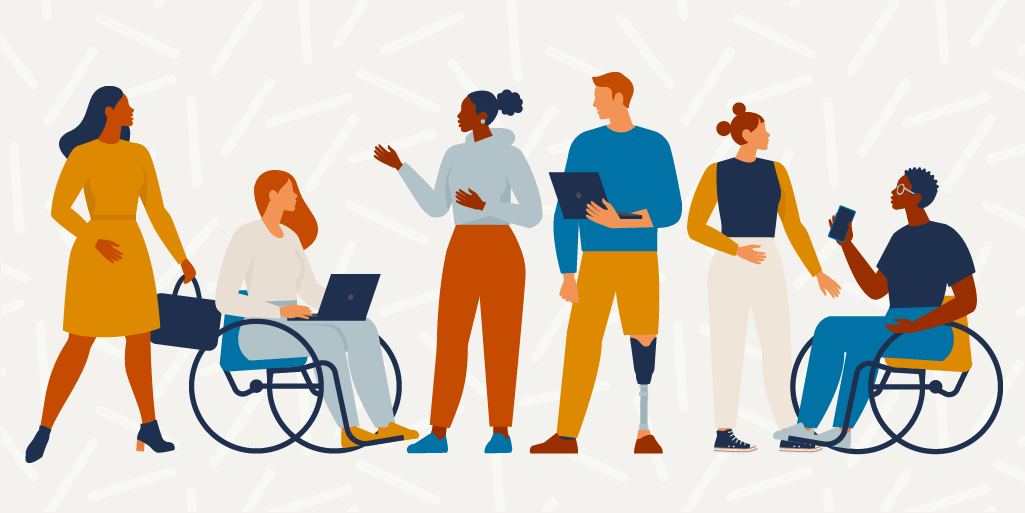
By converting these inaccessible formats into accessible ones, file conversion tools can play a significant role in inclusive design. For example, converting image-based text into actual text not only makes it readable by screen readers but also searchable and translatable, enhancing the design’s overall accessibility.
12. Collaboration And Feedback
In a design setting, particularly in larger teams or remote work scenarios, collaboration and receiving feedback are essential parts of the process. It’s not uncommon for team members to use different software tools based on their expertise or comfort level. In these cases, file format incompatibilities can lead to bottlenecks, slowing down the iterative process of design development.
File conversion tools address this challenge by enabling cross-software collaboration. By converting design files to universally accepted formats, they allow team members to view, annotate, and provide feedback regardless of the software they use. For example, a designer using Adobe XD can convert their files to PDF for review by a stakeholder who doesn’t have XD installed. This improves the efficiency of collaborative processes and ensures that every stakeholder can contribute to the design process effectively.
Conclusion
File conversion tools play a vital role in modern design processes. They empower designers by removing file format limitations, fostering creativity, improving accessibility, and streamlining collaboration. Designers should, however, carefully select the appropriate tools to prevent quality loss during conversion, and maintaining backups of original files is always recommended.
In essence, these tools offer a pathway to innovation in the digital design landscape. Mastery of file conversion can enrich a designer’s toolkit, paving the way for greater creative exploration and excellence in design.
